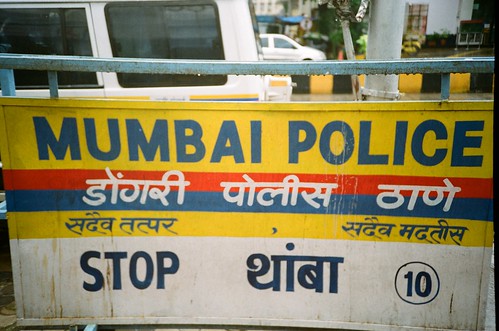Friday, April 2, 1993 was supposed to be the day that brands died. That was the day when Marlboro cut its price to compete with generic brands that were 50% cheaper. The marketing world reacted with shock and promptly started funeral preparations for brands.
But brands haven’t died. They have just changed character. This article proposes one way in which brands have changed.
The starting point of the argument lies in Internet brands. Arguably the strongest brands in the world today are web brands like Google, Facebook, Second Life etc. Equally strong, perhaps, are brands like BlackBerry and iPod which have a strong web component to back up their physical products. The question arises, what is common between these brands and what can older brands learn from them?
All these brands have a social component to them. They help people connect with each other. They also create communities of users who can bond with each other. Very much like smokers of old, who could bond with each other while smoking, sharing a light etc.
Is this only a phenomenon of on-line brands or can it be taken into the real world too? I think that several brands have shown that the idea of creating social value around brands can be useful in the real world too.
The idea obviously works for Starbuck, Café Coffee Day and the like. But it goes much beyond.
My favourite example in India is the Jaggo Re campaign for Tata Tea. It is creating a community of young people who are concerned about the future of their country and want to influence its course. There is a strong product connect and it is based on a strong insight of how Indian youth thinks. The campaign for Idea is on a similar line.
We at Euro RSCG have experimented with portraying the new “chalta-nahi-hai” attitude of youth in our campaign for Dainik Bhaskar – Zidd karo. Before that we created the “India ka dil, India ka AC” campaign for Voltas.
So what do the success of the above commercials mean? We are used to thinking of the rational value of a brand and the emotional value of a brand. Now we have to think also of the social value of the brand.
This social value helps define the users and fans of the brand into a community. Once the community has been defined the brand needs to provide its “members” (not just consumers) with a platform through which they can communicate with each other and with the brand. This is how the strong brands of the future will be built.
In conclusion, I don’t think that brands are dead. They have just acquired an additional layer – the social layer. Brand handlers now need to be conscious of this new rule in the game.
The above article has been written for the Mint, but they will probably not publish it as it is.
Tuesday, February 10, 2009
Saturday, February 07, 2009
License to harrass
 There are numerous road blocks in the city which slow down traffic and cause huge traffic jams, but which are not manned by any human beings! So why are they there?
There are numerous road blocks in the city which slow down traffic and cause huge traffic jams, but which are not manned by any human beings! So why are they there? The one I see most often is the one at the airport just as you come out of the Terminal 1A. 4 lanes of traffic has to slow down to squeeze through the road block one vehicle at a time. While the cops who are supposed to be checking the cars are presumably having tea somewhere.
Of course, everyone has often wondered what they are checking for anyway. But we'll talk about that another day. For now, I just wish that the cops would open up the roads at least when they are not on duty there.
Warren Buffet's Thoughts for 2009:

We begin this New Year with dampened enthusiasm and dented optimism. Our happiness is diluted and our peace is threatened by the financial illness that has infected our families, organisations and nations. Everyone is desperate to find a remedy that will cure their financial illness and help them recover their financial health. They expect the financial experts to provide them with remedies, forgetting the fact that it is these experts who created this financial mess.
Every new year, I adopt a couple of old maxims as my beacons to guide my future. This self-prescribed therapy has ensured that with each passing year, I grow wiser and not older. This year, I invite you to tap into the financial wisdom of our elders along with me, and become financially wiser.
Hard work: All hard work brings profit; but mere talk leads only to poverty.
Laziness: A sleeping lobster is carried away by the water current.
Earnings: Never depend on a single source of income.
Spending: If you buy things you don't need, you'll soon sell things you need.
Savings: Don't save what is left after spending; Spend what is left after saving.
Borrowings: The borrower becomes the lender's slave.
Accounting: It's no use carrying an umbrella, if your shoes are leaking.
Auditing: Beware of little expenses; a small leak can sink a large ship.
Risk-taking: Never test the depth of the river with both feet.
Investment: Don't put all your eggs in one basket.
I'm certain that those who have already been practicing these principles remain financially healthy. I'm equally confident that those who resolve to start practicing these principles will quickly regain their financial health.
Let us become wiser and lead a happy, healthy, prosperous and peaceful life.
Subscribe to:
Posts (Atom)
